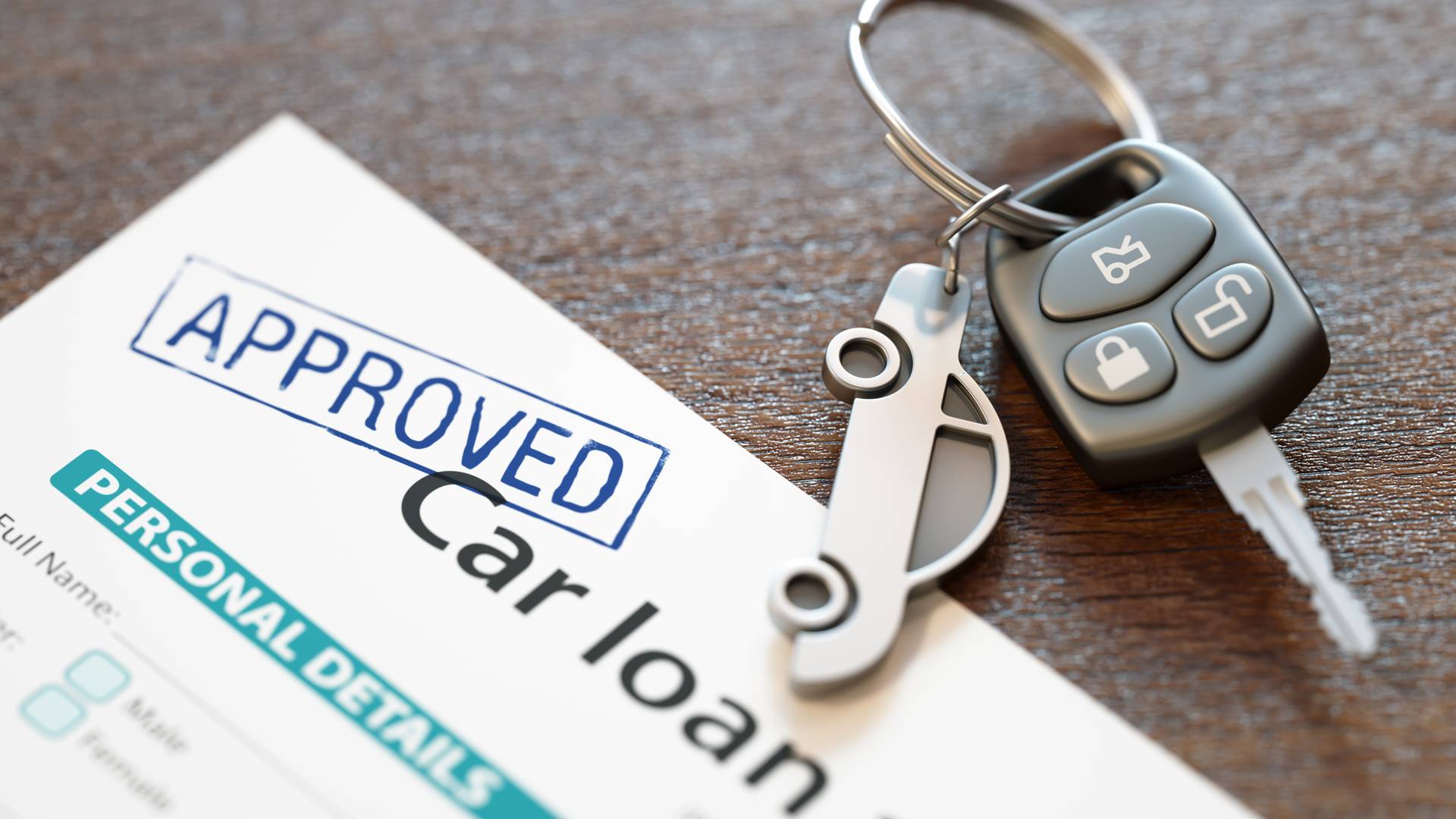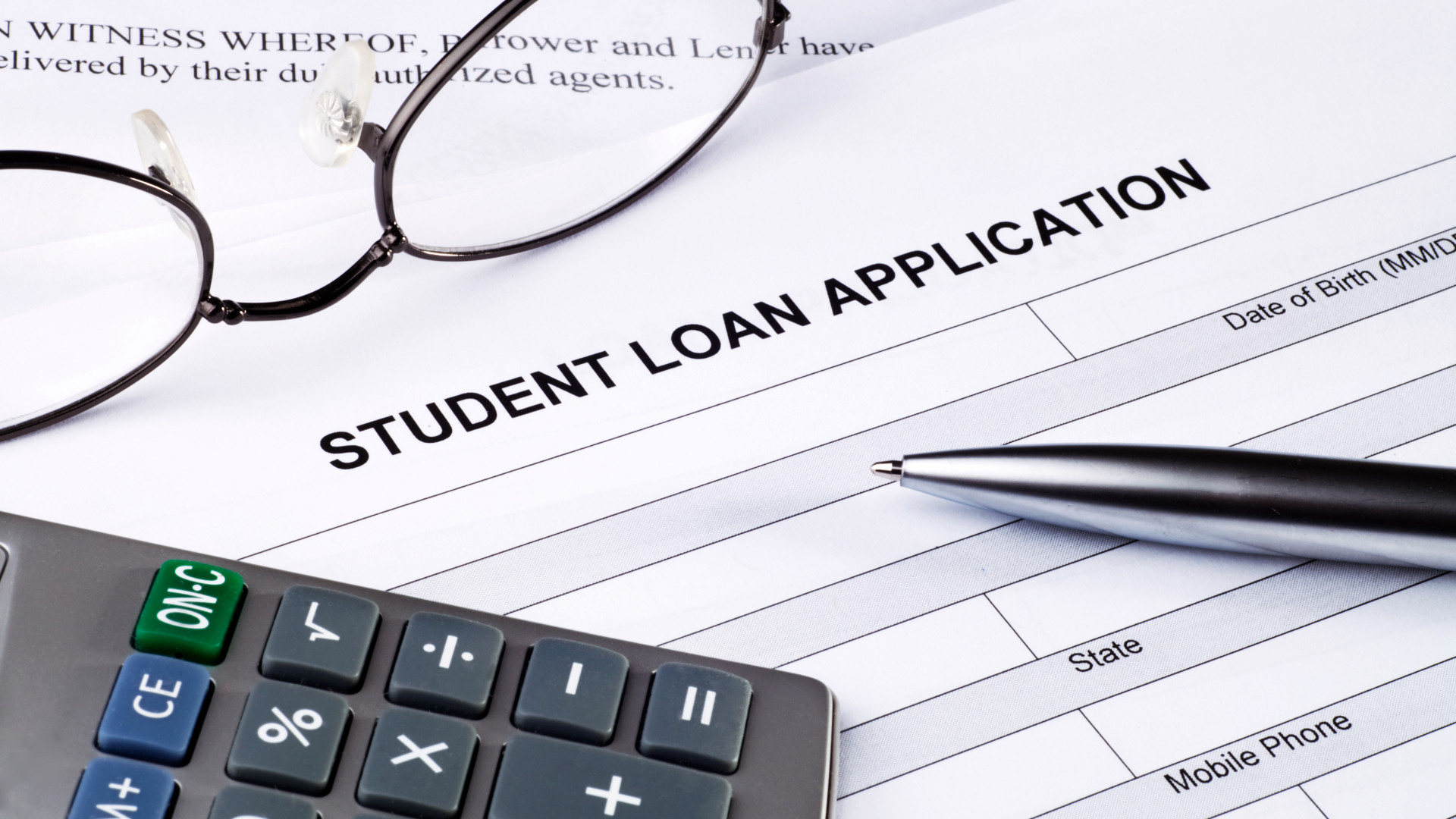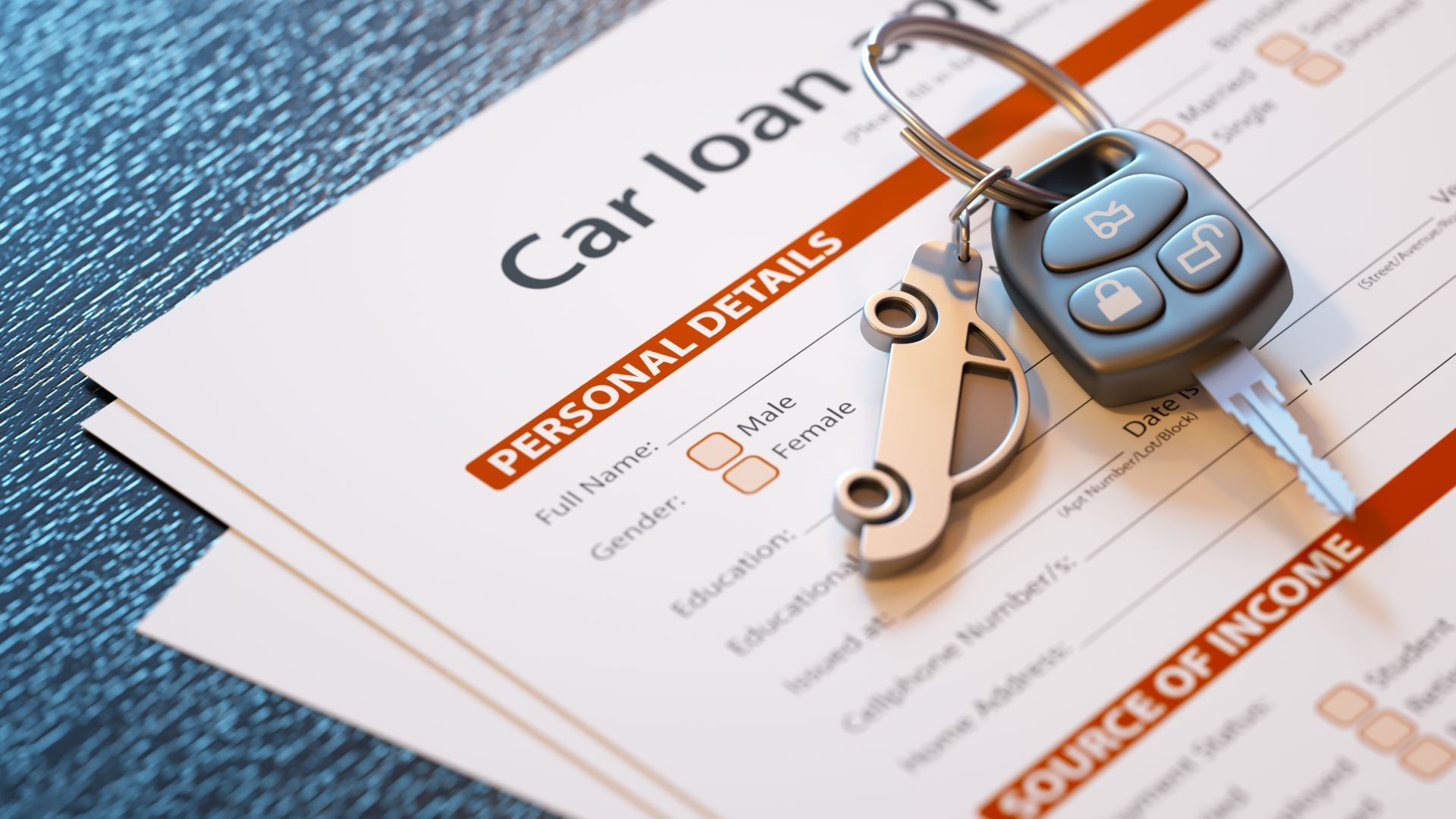Most families depend on student loans to pay for school, however many don’t understand basics like the distinction between federal student loans and private student loans, variable versus fixed interest rates, or how your decision of repayment plan can dramatically affect your total costs.
Taking some time currently to understand the basics of student loans — how to take out a student loan and how private student loans work — can save you money and a mess of worry down the line.
So we set up together this manual for taking out student loans that will fill in as your introduction to the universe of student loans and acquiring.
This guide will walk you through how to take out a student loan for school and furnish you with tips to understand your repayment options and assist you with bringing down your monthly payments.
In case you’re somebody who has already graduated from school and are battling with your student debt, this may be advice you wish you had gotten earlier.
Not to stress — you can in any case utilize this manual for assist you with assembling a budget, and learn ways to manage your debt.
For those of you looking for much more information on how you can save money, check out our guide to student loan refinancing, which will walk you through the do’s and don’ts of refinancing and consolidating your student loans, and our guide to REPAYE, which breaks down the administration’s newest salary driven loan repayment plan.
Need to finance your next semester?
Valid improves student loan shopping by giving you a chance to compare rates from top lenders and locate the best private student loans in minutes.
Know before you owe
Heading off to school can be daunting. You’ll be navigating new academic challenges and social gatherings, and you may also be finding your way in an unfamiliar city. In any case, increasingly more often nowadays, the hardest part about school is paying for it.
As school educational cost costs rise, an ever increasing number of students and their families are taking out loans to help pay for school. Seven out of 10 late school graduates wind up loaded down with student debt — $35,000 on average.
Dealing with student loan debt as you enter the real world can be overpowering. This is the reason we accept the initial step to fruitful acquiring and repayment of your student loans is education. We hope you’ll utilize this manual for limit the amount of debt you take on, better understand how the loan procedure works, and be enabled to pick the best loans for you.
Rounding out the FAFSA
To be qualified for federal loans, grants and scholarships, you must fill out the FASFA, which stands for the Free Application for Federal Student Aid. The administration will send your FAFSA application to the schools you’re applying to, and you’ll be offered an aid package from each establishment.
The FAFSA comprises of two segments — one that relates to free grants and scholarships, and another pertaining to loans. Contingent upon your situation, you may be offered at least one federal loans, and you are allowed to accept or decline any of the aid detailed in the aid package.
Prior to making your choice, make certain to attempt to maximize the free grants and scholarships first, and then look to the least cost loan options.
You ought to also consider accepting federal work study, if available. Simply don’t give work a chance to meddle with your academic achievement. On the off chance that a combination of these non-loan options isn’t sufficient to take care of your costs, first think about federal loans, and then private loans.
Federal loans vs. private loans
There are two basic kinds of loans that you should know about: loans made by the federal government, and private student loans from banks or other private lenders.
Many state agencies also offer student loans that are financed through the sales of bonds — these loans will in general have more in the same manner as private loans than federal loans.
In general, financial aid advisors say students should max out on the most affordable federal loans before going to costlier federal PLUS loans or private loans.
Federal loans offer borrowers many advantages and securities —, for example, loan delay, pardoning and repayment options — that private lenders generally can’t match. Rates on federal loans for undergraduates are also hard to beat.
Private lenders and state agencies may have the option to beat the rates on government loans for graduate students and parents — particularly PLUS loans. Private loans are worth looking without a moment’s delay you’ve hit your obtaining limit for federal loans or have joined up with grad school.
After graduation, your salary and credit history may allow you to save money by refinancing your administration or private student loans at a superior rate with private lenders.
Interest rates on federal loans are always fixed, which means that once you take out a loan, the rate won’t change. Fixed-rate loans give a measure of certainty, although your monthly payments on a federal loan can at present go up after some time in the event that you pick a pay driven repayment plan.
While private lenders also offer fixed-rate loans, you can often get a lower rate with a private lender by taking out a variable-rate loan. Simply recollect that variable-rate loans can fluctuate later on (for additional on this point, see “How to Choose Between a Fixed-Rate or Variable-Rate Student Loan.”)

























